

An empty place is like a canvas. Whenever a creative gets to play around and creating it, chances are that people are likely to be surprised to see what comes through. Architecture and Interior designs are two arts that deal with bringing an empty place back to life. While the architecture is concerned with the external looks of a place, interior design is all about the ambiance of the place.
Interior design is the practice of designing home interiors that involves shaping the ambiance of a certain space through the assistance of a variety of principles and techniques that help shape volume and surface in line with the available space. It primarily deals with different concepts related to space realization, environmental psychology, and area organization along with a side by side focus with traditional decoration. Metropolitan cities in places like Singapore have recently started to develop maturely, because of this. If one wishes to renovate houses soon, people should be aware of the basic interior design concepts to get a better idea while suggesting during design planning. These shall assist anyone looking for interior design companies in Singapore. With that in mind, here are some basic interior design principles one should know of:
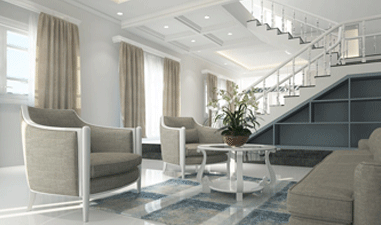
Interior space is a collation of different elements. Be it the objects or the spacing in which they are placed, both of these elements work hand in hand to bring harmony to space. They help bring that much-needed uniformity between different halls, walls, and staircases spread across a spacious area. Interior design companies often tend to prioritize their efforts with regard to this principle, ensuring that people get that fulfilling look they look for.
During renovations or revamping, interior designers tend to achieve this by using a variety of principles like complementing and composition mixtures with the assistance of types of equipment like color wheels and scales to get that linear, matching look across the ambiance.
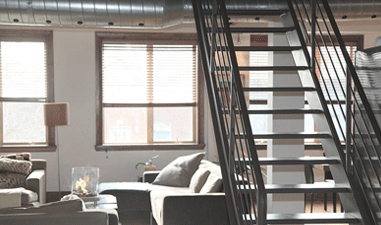
Balance primarily deals with the segmentation of elements across space. Being all about equal proportionating; balancing ensures that a space is well organized and helps to bring that much-desired clean look across space. There are three different ways this can be achieved:
As the name hints, radial symmetry is all about bringing the focus of design to the center point of a radius. Ideal practices like round dinner tables, cylindrical rooms with round carpets, and spiral staircases best showcase what this symmetry has to offer. It makes a perfect choice for spacious areas.
This makes it a perfect choice for irregular spaces. Asymmetry allows interior designers to leverage the ideal of dissimilarity to bring that equal visual weight across space. It is challenging but gives better results in case of more limited spaces.
Symmetry is a practice characterized by similarly sized objects that are often repeated in a space corresponding to a certain point or an axis. Such a practice helps create a mirror effect in an environment, helping to bring a sense of reflection around the space.
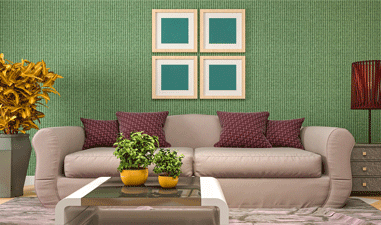
Proportion is an ideal that one might often confuse with balancing, but it tends to be quite different. While balancing is all about object placements within a space, the proportion is all about the aesthetics of objects for a corresponding space, Proportioning hides the flaws of space and emphasizes the contours of interior spaces.
Homes in Singapore often face the difficulty of limited storage space. However, Interior design company in Singapore often make use of such smart practices to ensure the best home experiences.
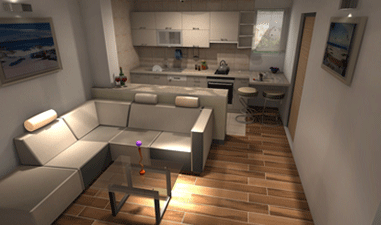
Nothing is complete if doesn’t make sense. Rhythm is that principle that helps designers to bring that sense of completeness to home interiors. Just like a tone, pulse and flow create a rhythm in music, in the same way, repetition, progression, contrast, and transition help create that soothing rhythmic sense across space. This is why rhythm is often defined in the context of repetitive continuity. Here’s how these four ideals help develop a rhythm in the environment:
Repetition deals with the usage of favorite, complementing elements across space. It can be anything ranging from colors, patterns, textures to objects like statues and plants.
Progression is about ordering elements as per their characteristics. Some common examples include ordering colorful pots in a VIBGYOR order, candles as per their size, etc.
Transition is all about the following flow in such a way that it seamlessly goes from one point to another. Curves and lines best represent how it is used in space.
Contrast is all about mixing and matching colors or shapes. It is often used to set color tones and complement the space by remixing shapes with each other, breathing a new life into it.
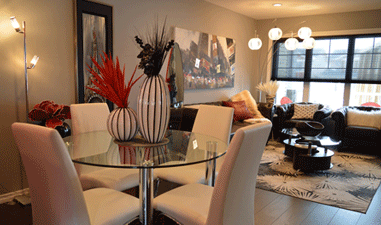
To give a posh feel economically, ensure that the interior designer considers detailing different elements spread across space. From small things like cushion covers to something big like ceiling moldings help to offer that much-needed tweak to an otherwise simple space. Such details emphasize the elegance, helping interior designers to enhance the overall look and feel to space.
These are some of the common interior design principles one needs to take care of while designing their spaces. Such practices are often followed by the best interior design company in Singapore. So be it the office or the home of your dreams, this ensures that Interior design company doesn’t end up fooling the customers while dealing with the project.